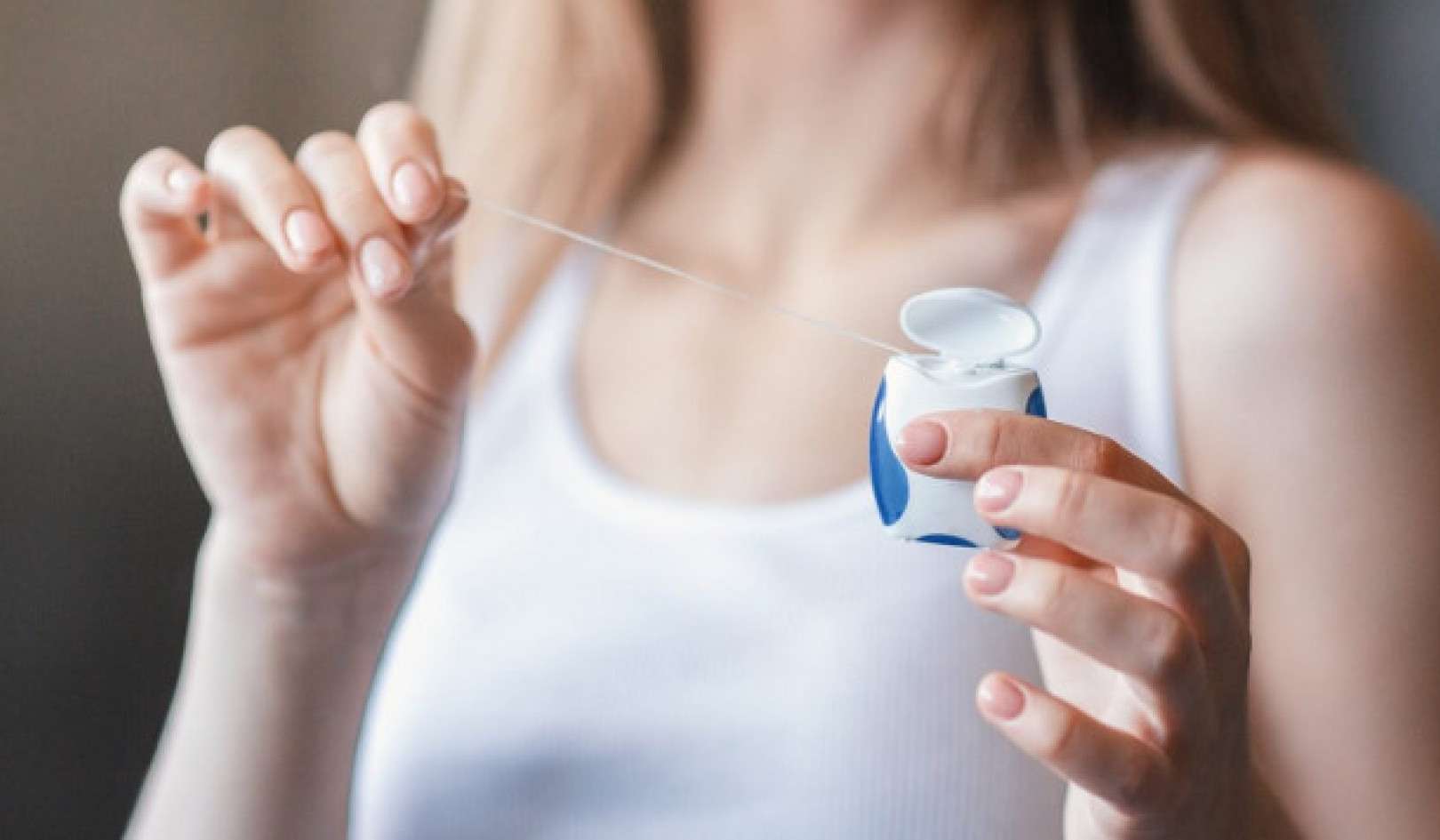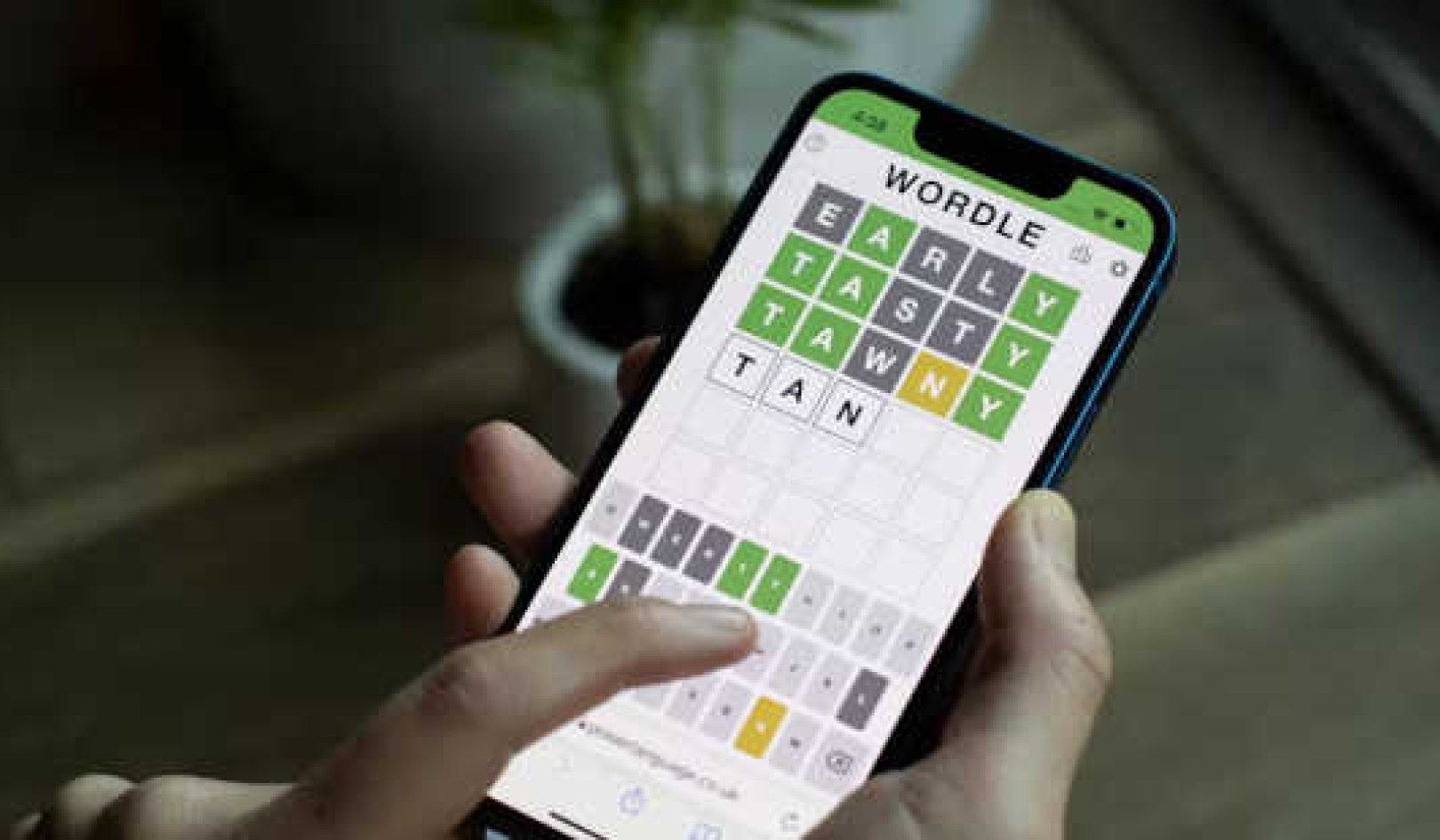
Image by Jill Wellington
As you contemplate the lifestyle changes you want to make, the best way to avoid becoming overwhelmed is to go slow. Sometimes, we are so eager to improve our life and feel better that we rush ahead and try to change everything all at once. I can tell you from experience that’s not the most successful approach.
Listen to the cues your body gives you when deciding what to do. Focus on improving your relationship with your body: both the exterior and the interior, the vital organs you never see. One thing that can help with this is to make any diet changes before incorporating other wellness practices. Remember, you want to be respectful of your body’s needs as you transition into making long-term changes.
The process of incorporating new wellness practices into your routine is similar to starting a new diet or a type of cleanse. The concept behind cleansing or detoxing is to replace toxin-filled foods with clean, nourishing foods to optimize the elimination process and eventually beautify the body from the inside out. This process can take a few days, a few weeks, or even longer, but it can initially cause some rather uncomfortable side effects as all that toxicity works its way through and out of your body.
Many people starting a new wellness routine or a new diet struggle with this initial period. They feel uncomfortable, blame it on the new routine, and drop it. Of course, once they go back to their old routine, they go back to feeling like themselves again, which may or may not be great, but it’s enough to believe that the new wellness routine is the cause of their initial discomfort and toss it aside as a failure.
I have heard this story so many times I’ve lost count. Someone begins a new wellness plan and gets overexcited and overambitious. They start strong, see a little progress — maybe they lose some weight, their skin clears, their stress diminishes — and then ramp up to try to do everything in a couple of days. But they don’t account for a period of adjustment, neither in their body nor in their life. They can’t keep up with everything they are doing, start to feel overwhelmed, and crash and burn.
So, go slow. Ease into new practices. And listen to your body, which will tell you when it’s ready to do more.
The Basic Method: Reduce and Replace
The simplest and most effective way to adopt new lifestyle practices is to use a “reduce and replace” method. This is incredibly effective for upgrading eating habits, but it is equally effective for adding any practice to a new wellness routine without overwhelm.
In essence, the idea is that, in order to add something new to our lives, we must eliminate or reduce something else. The key is to focus on taking one small step at a time. For instance, if someone knows they eat too much junk food, they wouldn’t try to quit cold turkey and eliminate all junk food at once. Instead, using reduce and replace, they would pick a single junk food to eliminate or reduce and replace it with one yummy, healthy food they already know and love, while keeping the rest of their diet the same.
After doing this for a few days or a week, they would reduce and replace one more junk food, and so on, until they had reached their goal. This might be eating 70 or 80 percent less junk food, which will eventually allow them to indulge every now and then without guilt. It will also allow them to get a few added benefits, including retraining their taste buds to newer, healthier foods, being more aware of how their body feels when consuming healthy or junk food, and more.
You can use the same strategy for any wellness practice. Let’s say someone wants to develop a daily meditation routine. First, they need to consider their current daily routine and determine when to meditate.
Meditation takes time, so they need to identify a period of time that isn’t currently being used, or else they need to reduce the amount of time they spend on something else and replace it with meditation. That something else might be an activity that is the equivalent of “junk food,” like watching television or scrolling social media. Or it might mean reducing an important activity — say, getting up half an hour earlier in the morning and replacing that sleep time with meditation.
In addition, the person wouldn’t necessarily start by meditating every day. They might meditate only once a week for a month, then several times a week, and slowly build to a daily practice over several months.
Typically, it takes between twenty-one and twenty-eight days for a new activity to be cemented as a habit. So always give each new activity at least that long, if not longer, to ensure it works for you and becomes ingrained as a habit.
Preparation and Planning
We are all busy. Our lives are already packed. We have jobs, families, and community obligations. We have people who depend on us: babies, toddlers, and teenagers; partners and spouses; coworkers and bosses; parents, grandparents, extended family, and friends. We are already doing the best we can to take care of everyone and everything around us and still eat a hot dinner and get a decent night’s sleep (if we’re lucky). We’re frequently stressed and anxious, and while we know we could and want to do better, we often don’t know how to make that happen.
The details are different for everyone, but the above scenario is not uncommon. We live full lives, with long to-do lists, lots of plans and goals, and not enough hours in the day to get it all done. We recognize the many blessings in our lives, and yet we can struggle to feel content and at peace on a day-to-day basis.
We might wonder if that’s even possible, or if achieving it will cost too much in time, energy, and money. We may even have tried several times to do something new and practice self-care in more meaningful ways, but those efforts have fizzled out.
If this describes you, my hope is that, using this method, this time will be different. Preparation is the critical first step. This involves several interrelated activities: cleansing your kitchen to start detoxing your diet; taking inventory of your available space and time; clarifying your intentions; and making a plan for integrating new wellness practices into your life.
In themselves, these activities take time. However, by focusing on them first, they will allow you to physically, environmentally, and emotionally plan for and embrace the new changes that you are about to reclaim, which will enrich your life for years to come.
The Kitchen Cleanse: Detox Your Kitchen
Healthier living starts with healthier eating, so before starting a new wellness routine, do a kitchen cleanse. How many times have you walked into your kitchen after a particularly trying day, opened the freezer, and grabbed some ice cream or a frozen pizza? Then later, you feel miserable because, not only did the food not support your wellness, but you had promised to cut back on refined sugars and processed foods, only to give up at the first test of willpower! Trust me, this happens to everyone!
To fuel a healthy life, we need healthy fuel, but it is almost impossible to remain disciplined about this — in the face of the many challenges we face every single day — if we don’t cleanse and prepare our kitchen to give ourselves a fighting chance.
Yes, we have free will and make our own choices, but what if we help our free will just a little bit? If the only foods in the refrigerator are fruits and healthy snacks, then even if we still end up stress eating, our options will be healthier, and so the consequences will be healthier, too.
Using the reduce and replace method, start by filling your kitchen with stuff that will help you ensure a successful wellness journey.
-
Make a list of at least ten healthy plant-based snacks, including six or seven you already know and love and three or four that are new to you. Things like guacamole, hummus, celery sticks, apples, berries, bananas, almonds, dairy-free dark chocolate, dates, and frozen edamame are great options.
-
When grocery shopping and meal planning, focus on fruits and vegetables.
-
If you have the time and love to cook, you can mix and match and create little snack recipes (like cacao energy balls) as superfood snacks.
-
Go through your pantry and refrigerator and get rid of any processed foods full of manufactured or unnatural ingredients. Replace them with healthier options.
-
Replace sugary drinks, especially sodas, which have empty calories and little to no nutritional value, with sugar-free alternatives. Or create your own fruit-infused water and store it in large jars in the fridge.
-
Look outside the kitchen as well. Review any stashes of snacks and food in your car, at work, or in your gym bag. Reduce and replace to ensure that wherever you go, only healthy food options are available.
-
As part of the kitchen cleanse, review your cleaning products. Reduce and replace those with harsh chemicals in favor of others with cleaner, less-harmful ingredients.
Take Inventory of Your Environment
Where and when will you incorporate your new wellness practices? Take inventory of your environment, which includes your schedule, and look for ways to reclaim your space and time.
Reclaim Your Space
Walk around your home and/or office space with an architect’s mindset. Is there a room, den, corner, or space that doesn’t get a lot of traffic or that other folks don’t use? Maybe it doesn’t look appealing right now, but could you clean it up and clear it out in order to turn it into your own mini-sanctuary? Sometimes adding a partition or curtain is a simple way to divide a space that’s used for several purposes.
Unless you live alone, creating a quiet space might involve coordinating with other family members or roommates. You might already struggle to have any alone time. Is there a specific time when the house is quiet enough that you can close the bathroom door and claim that space as yours? If so, what will it take for you to reclaim that space? Do you need to shift your schedule and routine to give yourself that gift? Or is there some other place you might go — such as a park or public space — that you could use for what you need?
Reclaiming your space might require a little juggling and strategizing, but don’t despair. It can be done.
Reclaim Your Time
Time is our most precious commodity. A lack of time is the one thing people often cite to me as the reason they can’t start or stick with self-care wellness practices. So, it’s paramount to review your schedule to figure out when you will accomplish your new wellness routine.
Ideally, pick days and times that are already less busy or less stressful overall. For most people, that means weekends, which is fine unless weekends are also packed and chaotic. However, you also want to practice some wellness every day, so you might need to adjust your current schedule, or create a more structured one, in order to allow for this. Common times of day that tend to work best are first thing in the morning, last thing before bed, and sometimes at lunchtime.
Clarify Intentions and Make Plans
The most important part of preparation is cleansing your mind and emotions and clarifying your intentions. This often means releasing our emotional attachment to our current routine. We can be very attached to the way things are, even when the way things are hasn’t truly worked for a while and we are only holding on by a thread.
We also have to recognize and address any resistance to change itself. Be honest with yourself and work on purging any emotional blockages and get your mind and soul ready for the bounty that awaits.
Reclaim Your Why
What can help the most is to clarify your intentions. What is your biggest motivating factor? Why are you interested in embracing more wellness practices? Journal your answers. Be specific about the practical details — the what, when, where, and how. Most of all, explore why. Ask yourself, “Why do I want to change? What will wellness do for me?” Explore your emotions, name your values.
By answering these questions and getting a clearer picture of why you want to change, you will strengthen your motivation and resolve to achieve those things.
Ask for Assistance
Once you have a clear sense of what you want to accomplish and what you need — in terms of time and space — sit down with the people you live with and let them know that you will be making some changes to practice self-care.
At minimum, you want the people who share your home to know what you are doing, even if all you’re asking is for them to respect and support your efforts. On the other hand, if you need specific help from certain people, ask for it.
Make a Plan
Ultimately, all this preparation leads to creating a specific plan of action for each day or each week. If you live with others, this plan might require some negotiation, and it will certainly change over time. But don’t start without one. Remember those wise words: Fail to plan, plan to fail.
Make sure this plan is easy to follow and detailed: Specify the day, time, and duration of every practice. That way, you can plan everything else in your day, and rinse and repeat that wellness practice with ease. The goal is to never feel like any wellness practice is a burden. Instead, ideally, it will always be a release and a replenishing experience.
Copyright ©2022 by Jovanka Ciares.
Printed with permission from New World Library
Article Source:
BOOK: Reclaiming Wellness
Reclaiming Wellness: Ancient Wisdom for Your Healthy, Happy, and Beautiful Life
by Jovanka Ciares. Reclaiming Wellness explores today’s most effective wellness practices — and their multicultural sources — in a way that makes overall health accessible to all. If you’ve ever felt left out of “elite” healthcare regimes or thought that being healthy shouldn’t be expensive, this book is for you.
Reclaiming Wellness explores today’s most effective wellness practices — and their multicultural sources — in a way that makes overall health accessible to all. If you’ve ever felt left out of “elite” healthcare regimes or thought that being healthy shouldn’t be expensive, this book is for you.
For more info and/or to order this book, click here. Also available as a Kindle edition and as an Audiobook.
About the Author
 Jovanka Ciares is the author of Reclaiming Wellness and several other titles. A certified wellness expert, integrative herbalist, nutrition educator, and coach, she offers lectures and workshops in Spanish and English..
Jovanka Ciares is the author of Reclaiming Wellness and several other titles. A certified wellness expert, integrative herbalist, nutrition educator, and coach, she offers lectures and workshops in Spanish and English..
She is the founder of Solana, an herbal supplement line for digestive health, and the creator of the #ReclaimingWellness initiative, aiming at educating BIPOC communities on the power of herbal medicine and plant-based living for their healing journey.
Visit her online at JovankaCiares.com.

























